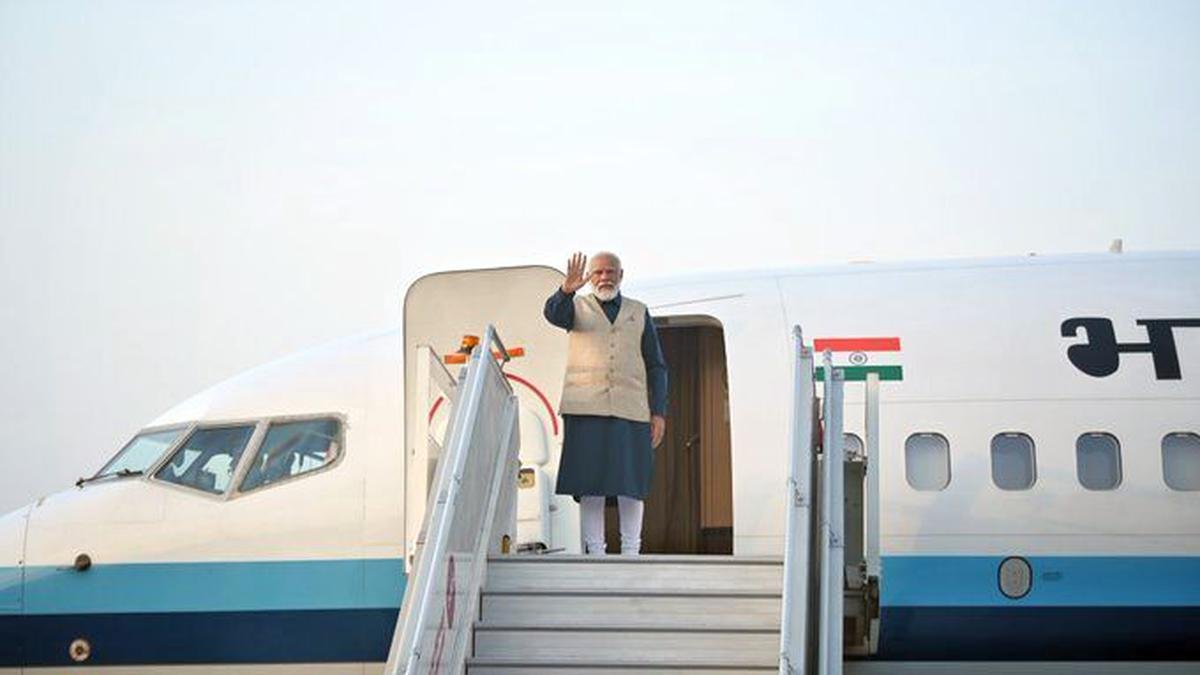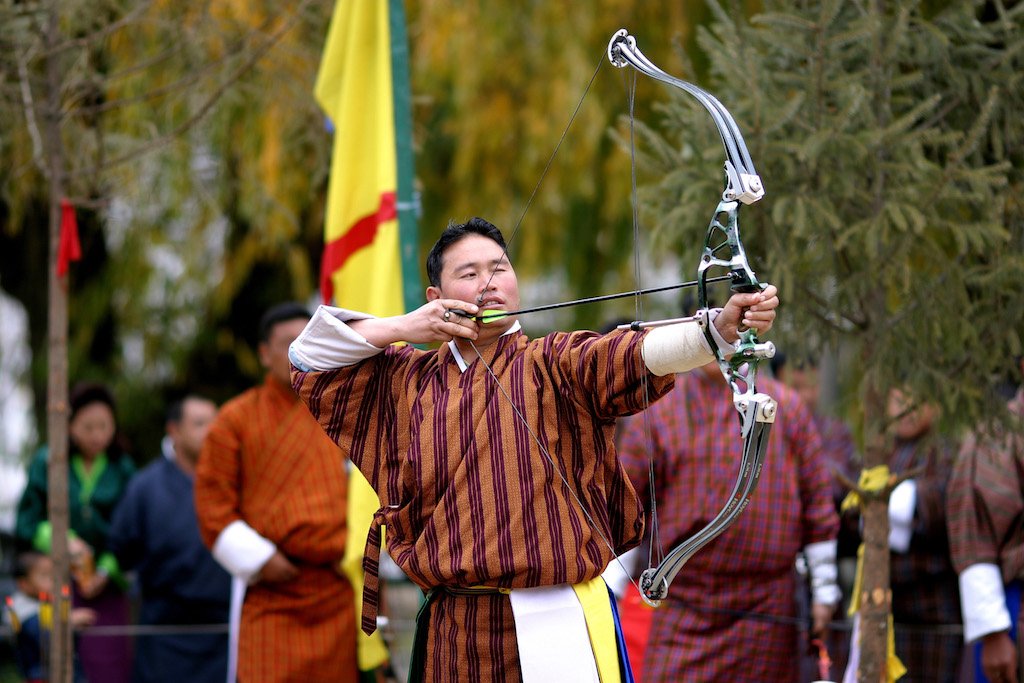FAQs
Bhutan stands as a destination that welcomes visitors throughout the year, offering rich cultural experiences and valley hikes anytime. However, it’s important to note that high-altitude treks are best enjoyed from March to early June and from early October to mid-November.
Like many places globally, Bhutan is noticing the effects of climate change. Generally, the summers (mid-June to late September) are characterized by warm, humid, and wet conditions, while the winters (December to early March) are cooler and dry.
Despite the chill, winter nights are often followed by days that are clear, sunny, and pleasantly mild in the valleys, with the western valleys experiencing an average of just two snowfalls annually.
The peak of the rainy season is around August and early September. However, a bit of rain or cooler evenings shouldn’t deter you. Given that Bhutan is far from a beach getaway, a little rainfall hardly dampens the experience. In our opinion, the summer and winter months are actually among the best times to visit Bhutan, offering a chance to avoid the crowds.
For travel during the high-demand periods of March, April, May, September, October, and November, we advise securing your bookings a minimum of 6 to 12 months in advance. For trips planned in June, July, August, and December, January, February, it’s recommended to book 4 to 6 months ahead of time.
Indeed, the majority of our guests visiting Bhutan opt for private tours, selecting their own travel dates and trip length according to preference.
Independent travel in Bhutan, that is, without a guide, vehicle, and driver, is limited strictly to the western valleys of Paro and Thimphu. For exploring beyond these areas, the services of a guide, vehicle, and driver are mandatory. It’s important to note that Paro Valley houses the international airport.
For those visiting Bhutan for the first time, we highly recommend employing a guide, driver, and private vehicle for the entirety of your journey.
Your guide is dedicated to enhancing your Bhutan experience in the smoothest manner, catering to whatever interests you may have, be it Buddhism, hiking, culture, architecture, textiles, and more.
Contrary to the “myth,” your guide and driver aren’t there to constantly oversee your journey, unless that is your preference. You have the freedom to independently explore markets, meander through charming villages, and engage with local people.
We will handle the booking and ticketing of your flights to and from Paro.
Your flights will be operated by the two Bhutanese carriers: Drukair-Royal Bhutan Airlines and Bhutan Airlines. It’s our responsibility to book and oversee your flights to Paro and inform you of any changes to flight schedules, which may sometimes be announced with little notice. Please note that these airlines do not automatically notify travelers of schedule changes.
Your Bhutan visa will be arranged in advance and is included in the price of your tour.
To start the visa application process, we’ll need the following from you:
- A scanned copy of the photo page of your passport.
- A recent headshot photograph.
- A scanned copy of your travel insurance certificate.
It’s important to note that your passport must have at least 6 months of validity beyond the length of your trip.
Typically, your Bhutan e-visa is issued 14-20 days before your arrival. As soon as we receive it, we will forward the e-visa to you via email.
- All Posts
- Bhutan Travel Blog

Prime Minister Narendra Modi embarked on a two-day state visit to Bhutan

Eating in Bhutan is not just about nourishment; it's a way to experience the country's culture, traditions, and way of…

Bhutan's unique approach to tourism, focusing on sustainability and cultural preservation, means that your visit contributes to the country's development
